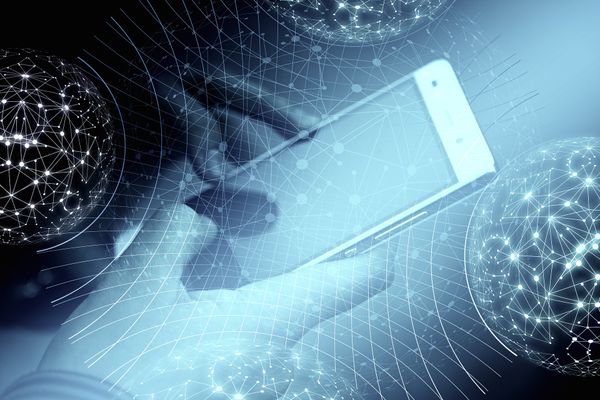Smart big things: The streets know more and more about you

When we’re talking about the Internet of Things, most of us think of the smart devices and appliances in our homes and pockets: phones, internet-connected baby monitors, intelligent lightbulbs, smart TVs and fridges and so on. But how about the objects in the streets and in the shops where we buy our groceries and drink our coffee?
Our cities’ infrastructure is also getting connected, which means we are increasingly surrounded by objects that are constantly learning stuff about us, as the payments and commerce website pymnts.com points out.
Examples of such objects turned into connected devices include traffic lights that communicate with your car and smart beverage cups that allow customers in coffee shops to pay for their orders.
Even the experience of drinking from a soda bottle is gaining new social dimensions in the hyper connected world. This year in Israel Coca-Cola introduced selfie bottles that snap your mugshot while you’re gurgling down the drink. According to Coca-Cola, a special device attached to the bottle “senses the exact moment said bottle reaches a 70-degree tilt (the ideal angle for flattering selfies)… before snapping a photo”. Not only that, but the selfie gets posted on Snapchat for everyone to admire your face attached to the end of the bottle.
Hey, that billboard is watching me
But the connected infrastructure is not merely communicating with your devices. Some objects have been engineered to literally observe your every step.
Take billboards, which are normally out there for us to look at — or, in many cases, ignore. A company named Clear Channel Outdoor America is aiming to change the way we interact with out-of-home advertising displays. The company’s RADAR program works very much like Google and Facebook, which serve us ads based on the stuff we look at online. Similarly, smart billboards use data from our mobile devices to measure what we do and where we go as we move from one place to another. They find out how we look at billboards, which destinations we visit and what routes we take to get there. This allows advertisers to target us with ads as we drive around the city. RADAR also looks at what we do after we’ve seen a billboard. Do we go and buy that product that we’ve just seen advertised on an outdoor display?
Arguably this could help us see more relevant ads if we agree to share a big chunk of our private lives with advertisers. But is there a way to opt out of this in case we prefer to retain more of our privacy? This is where a solution such as Bitdefender BOX might come in handy. BOX protects devices connected to the home network, but also offers security and privacy for mobile devices while you are away from home.
tags
Author
Right now Top posts
Outpacing Cyberthreats: Bitdefender Together with Scuderia Ferrari HP in 2025
March 12, 2025
Streamjacking Scams On YouTube Leverage CS2 Pro Player Championships to Defraud Gamers
February 20, 2025
How to Identify and Protect Yourself from Gaming Laptop Scams
February 11, 2025
Your Device ‘Fingerprint’ Will Go to Advertisers Starting February 2025
December 24, 2024
FOLLOW US ON SOCIAL MEDIA
You might also like
Bookmarks








